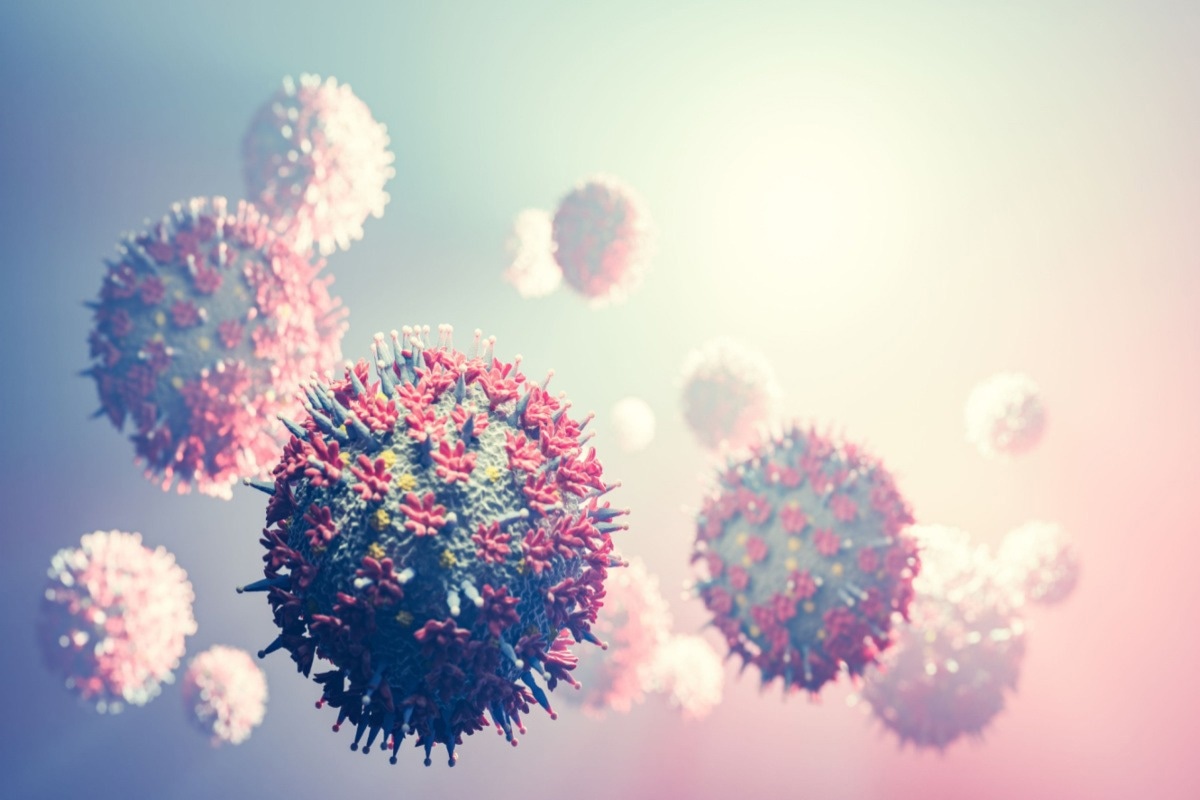In a recent study published in the IUBMB journal, researchers assessed the association between platelet-activating factor (PAF) and severe acute respiratory syndrome coronavirus 2 (SARS-CoV-2) spike (S) protein.
 Study: Is there an interplay between the SARS-CoV-2 spike protein and Platelet-Activating factor? Image Credit: PHOTOCREO Michal Bednarek/Shutterstock
Study: Is there an interplay between the SARS-CoV-2 spike protein and Platelet-Activating factor? Image Credit: PHOTOCREO Michal Bednarek/Shutterstock
Platelets play a crucial role in thrombosis and homeostasis and their aggregation has been widely reported among coronavirus disease 2019 (COVID-19) patients as a response to collagen, thrombin, and adenosine diphosphate (ADP). Furthermore, various studies have reported stimulation of tumor necrosis factor-α (TNF-α), platelet factor 4 (PF4), interleukin 1β (IL-1β), and IL-8 from platelets by the SARS-CoV-2 S protein.
About the study
In the present study, researchers evaluated the effect of the COVID-19 messenger ribonucleic acid (mRNA) vaccine on the human platelet-rich plasma (hPRP) aggregation response and whether a recombinant SSARS-CoV-2 S protein could modulate hPRP aggregation induced by PAF.
The team collected bovine serum albumin fraction V (FV-BSA), ADP, PAF, collagen, and thrombin receptor activating peptide (TRAP) along with a recombinant HEK293-derived SARS-CoV-2 S receptor-binding domain (RBD) protein. The researchers obtained blood samples after overnight fasting from a total of six healthy women prior to vaccination, and three weeks and five months after COVID-19 mRNA vaccination. The study analysis was conducted after the volunteers reported the receipt of the second vaccine dose to assess the impact of complete activation of the human immune system.
The team also collected blood samples as an anticoagulant in trisodium citrate and platelet-rich plasma (PRP) via centrifugation. The pellet resulting from centrifugation was further recentrifuged to acquire platelet-poor plasma (PPP). The aggregation elicited by different concentrations of ADP, PAF, TRAP, and collagen was assessed in human PRP using light transmission aggregometry. The resulting aggregation curve was employed to calculate the concentration required of a specific agonist to stimulate 50% of platelet aggregation (EC50).
The influence of the SARS-CoV-2 S protein on platelet aggregation induced by agonists was assessed by preincubating the platelets in the presence of the viral S protein, while different amounts of platelet agonists were added. In some of the tests, the S protein was added when the agonist-induced aggregation occurred or before the secondary wave of platelet aggregation induced by the agonists.
The team also obtained blood samples from the main artery in the ears of white male California-type rabbits before isolating the platelets in the samples. Furthermore. PAF was determined by subjecting the extracellular PAF and intracellular PAF extracts to high-performance liquid chromatography (HPLC) separation. The PAF concentrations were estimated by assessing the aggregatory activity toward washed rabbit platelets (WRP).
Results
The study results showed that the influence of COVID-19 vaccination on the aggregation of hPRP depended on the agonist. The team noted that the EC50 PAF levels were reduced by 83% three weeks post COVID-19 vaccination, the EC50 ADP levels declined by 29%, and EC50 collagen levels reduced by 20%. Furthermore, the EC50 concentrations of all the agonists tested reverted to their initial levels after five months. Notably, aggregation of hPRP which was induced by TRAP was not affected by COVID-19 vaccination.
The team also observed that incubation of the platelets from unvaccinated individuals for 10 minutes with the viral S protein did not stimulate hPRP aggregation. Preincubation of hPRP for one minute with the S protein revealed a dose-dependent reduction of aggregation ranging between 50% and 90%. When the S protein was added shortly before the secondary wave of the PAF-induced aggregation, complete elimination of the secondary phase occurred. On the other hand, when the S protein was added 10 seconds after different aggregations were induced by PAF, there was a dose-dependent reduction of aggregation that ranged between 39% and 65%. Moreover, preincubation of hPRP with the S protein for 10 minutes did not influence the biphasic aggregation induced by PAF.
Furthermore, aggregation induced by ADP was not influenced by the S protein while a 15% increase was noted when hPRP was reincubated with the S protein for one minute. The team also observed a slight decline of 13% in TRAP-induced aggregation when hPRP was preincubated with S protein for one minute and when S was added 10 seconds after TRAP.
Additionally, the team found that incubation of platelets obtained from non-vaccinated individuals with the viral S protein for 10 minutes did not elicit hPRP aggregation. Moreover, PFAF-induced biphasic aggregation was not impacted by the preincubation of hPRP with the S protein for one minute. However, a 29% and 64% increase in aggregation was observed when the S protein was added 10 seconds after PFAF and before the beginning of the second wave of aggregation, respectively.
Overall, the study findings showed that COVID-19 vaccination resulted in a short-term increase in platelet sensitivity, primarily when PAF was employed as an agonist.